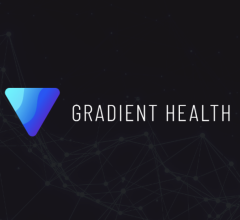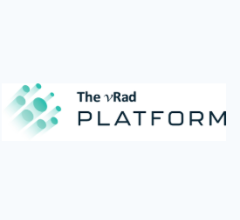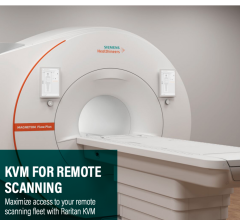
February 14, 2013 — Hospitals, clinics and office-based physicians are increasingly turning to electronic medical records (EMRs) as they prepare for the impact of the Patient Protection and Affordable Health Care (PPAHC) act, says Albert Woodard, CEO of Atlanta-based Business Computer Applications, a company devoted to digitizing medical records.
"Medical practitioners are bracing for a triple whammy as, in addition to the PPAHC, they are also facing a wave of retiring baby boomers coupled with a predicted shortage of qualified medical staff," says Woodard. Some 80 million aging baby boomers are landing on Medicare roles at a rate of 7,000 a day according to AARP; the PPAHC is expected to flood the system with another 32 million patients; and a U.S. Department of Health and Human Services forecast says health care staff shortages will worsen in 2014.
"The strain all of this will put on our health care system is enormous," says Woodard, "thus forcing medical providers to search for more efficient and effective methods to operate their practices."
Woodard singled out a December 2012 study by the Centers for Disease Control and Prevention indicating that across the U.S. office-based physicians are increasingly turning to EMRs. "EMRs can aid in improving quality of care, reduce errors and increase efficiency by making patients' medical history accessible to anybody who treats them," he says.
Paper records, which most physicians have traditionally relied on, will no longer be practical or effective. A study published by the RAND Health Information Technology Project (HIT) says the U.S. healthcare system is the world's largest and most inefficient enterprise with most records still stored on paper, which means that they cannot be used to coordinate care, routinely measure quality or reduce medical errors.
In 2012 the CDC study says that about 72 percent of office-based physicians in the United States used an EMR/EHR system, a 26 percent increase from a 2011 estimate.
"As we move through 2013 we will see more marriages between computers and healthcare in physician's office, hospitals and clinics as information technology continues to move from the billing departments and other back office functions into the examining room," says Woodard. The 2008 American Recovery and Reinvestment Act directs the healthcare industry to transition from being paper dependent to information technology.
The CDC report indicates that change is coming fast. And incentives are there to speed the momentum. The federal government is promising financial benefits for those that do and penalties for those who do not. The Department of Health and Human Services is offering financial incentives to hospitals and doctors' practices that can achieve what it calls "meaningful use" of EMRs by certain dates. On the other hand, doctors and institutions that do not comply or fall behind in the "meaningful use" category by 2015 will receive lower reimbursement rates for treating Medicare and Medicaid patients.
"EMRs can help reduce errors, provide better access to health information, improve care coordination, save millions of dollars and alleviate a shortage of qualified healthcare professionals," says Woodard. "They can even overcome the old problem of poor handwriting making it easier to read progress notes that physicians have written."
For more information: www.BCA.us


 December 01, 2025
December 01, 2025 









